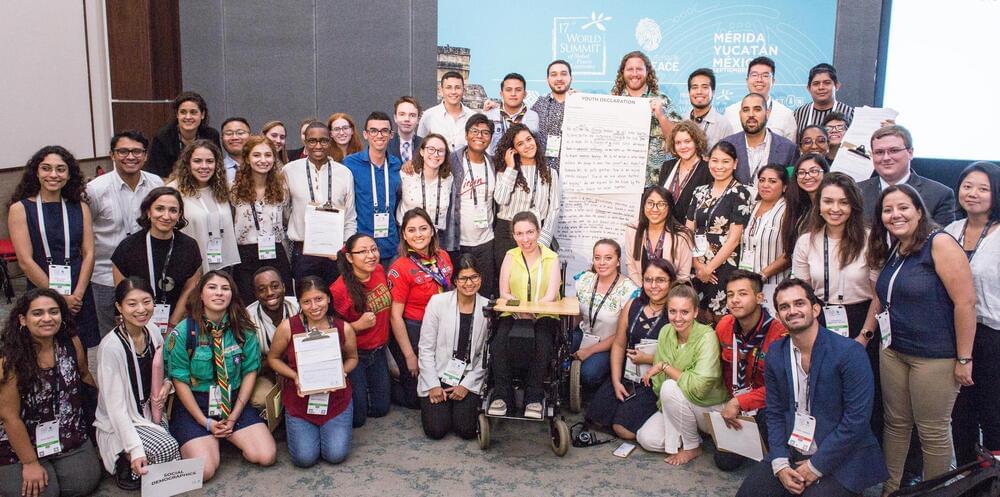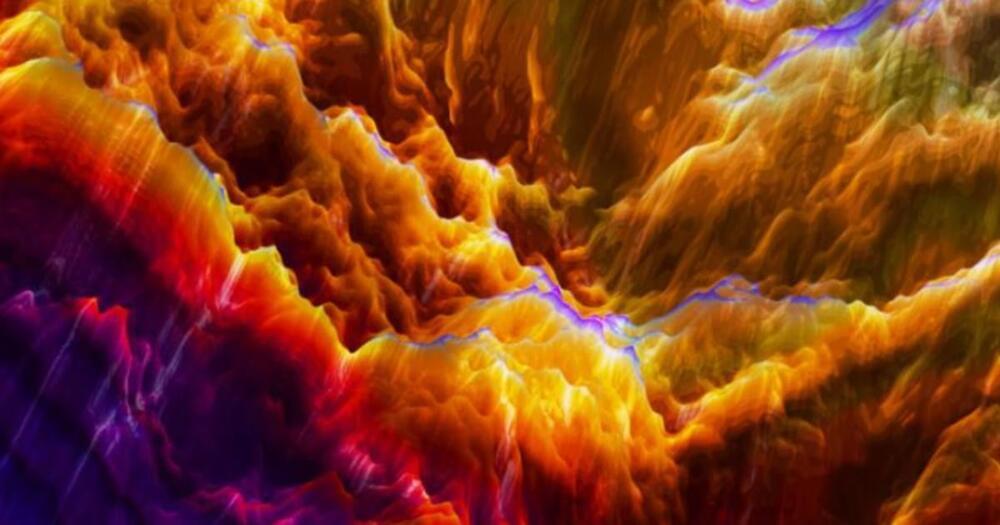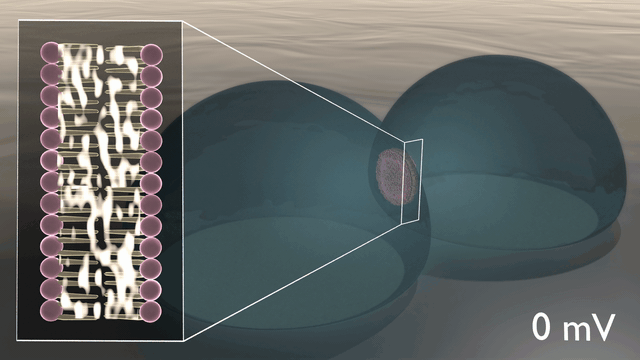Recently, I learned about the World Nobel Peace Summit — fascinating. Young people can go there, mingle with Nobel Peace Laureates, network and share ideas.
Amma introduces the concept of two types of education: one that allows you to earn a living and another to attain a happy, fulfilled life. Modern education should focus on not just academic skills but a culture of human rights and peaceful coexistence of peoples, the ethics of non-violence. Too often, education is propelled by vanity and the desire for individual success. Over and over, it is just competition, pressure, and a vast amount of information pumped into one’s head without instilling the habit of exploring the future consequences of one’s actions. Imagine a good physics student who becomes a scientist just to invent a bomb that could destroy the whole world. We want a child to fulfill their potential — but stay aware of the outcomes of their choices at individual and societal levels. Ethics allows one to maintain this balance. As a society, we may want to establish ethical think tanks that simulate the future and guide us as we develop new technologies and community practices.
JB: Should the ways of peaceful coexistence be taught starting from pre-school age and reinforced over the years?
EG: Education is a good starting point, but everyday practice is of utmost importance. It is essential to talk to a child or teenager about ethics, culture, the evolution of ideas, about the fact that we are all one — but also give that person a lot of real-life experience in conflict resolution and the opportunity to reflect on it. We cannot shield our youth from risks, conflicts, and frustrations and hope they will be able to deal with such challenges in adulthood. Instead, we need to let young people dive into these issues early on — but provide them with support, guidance, and wisdom along the way.







